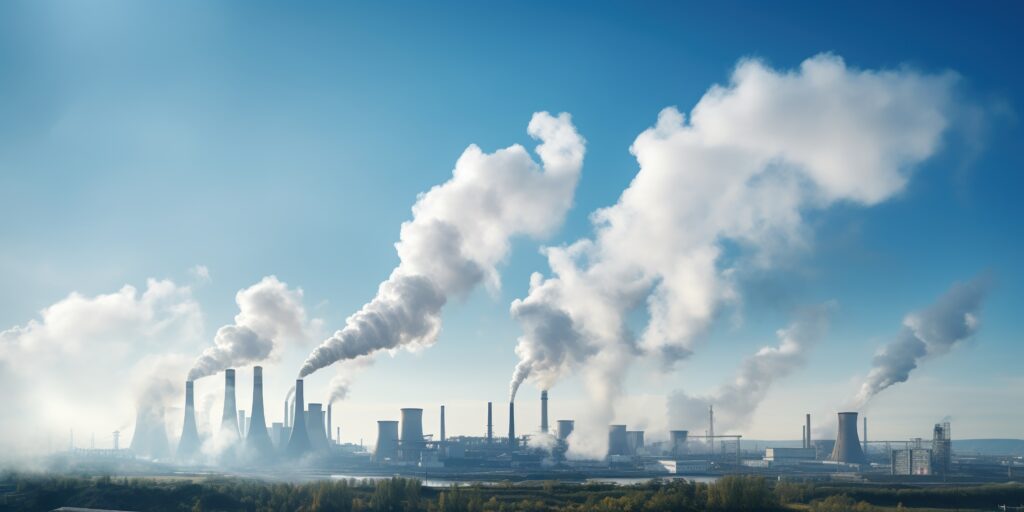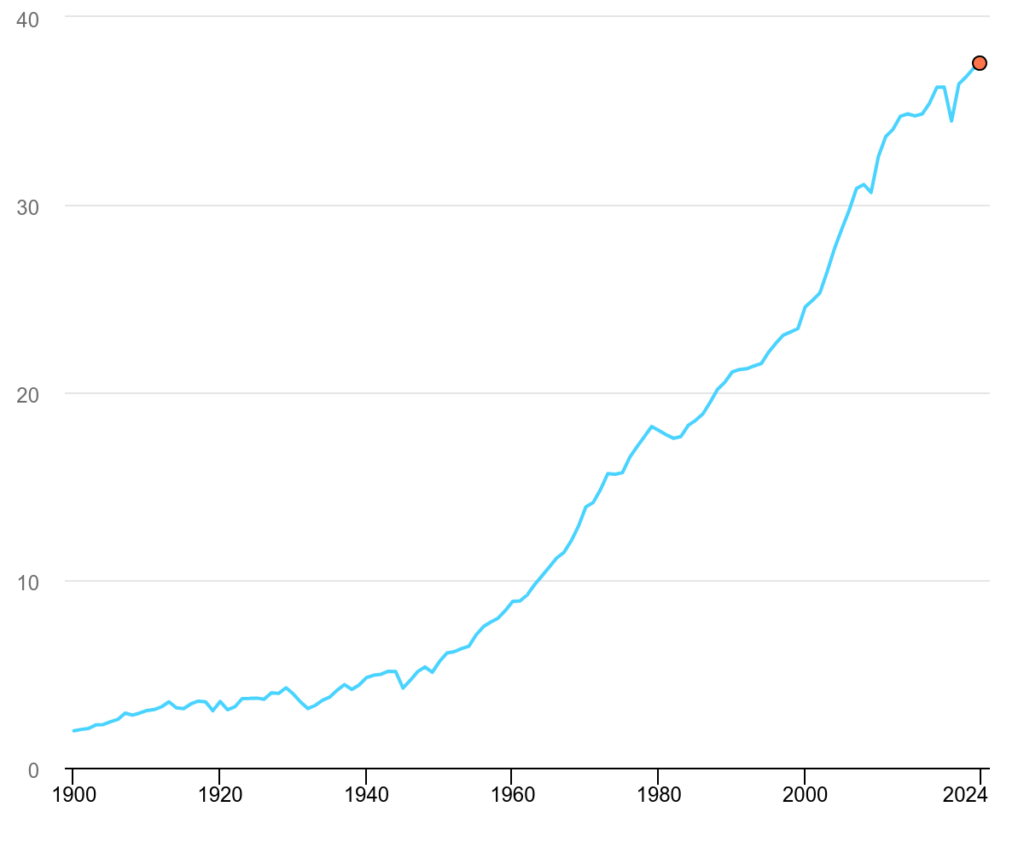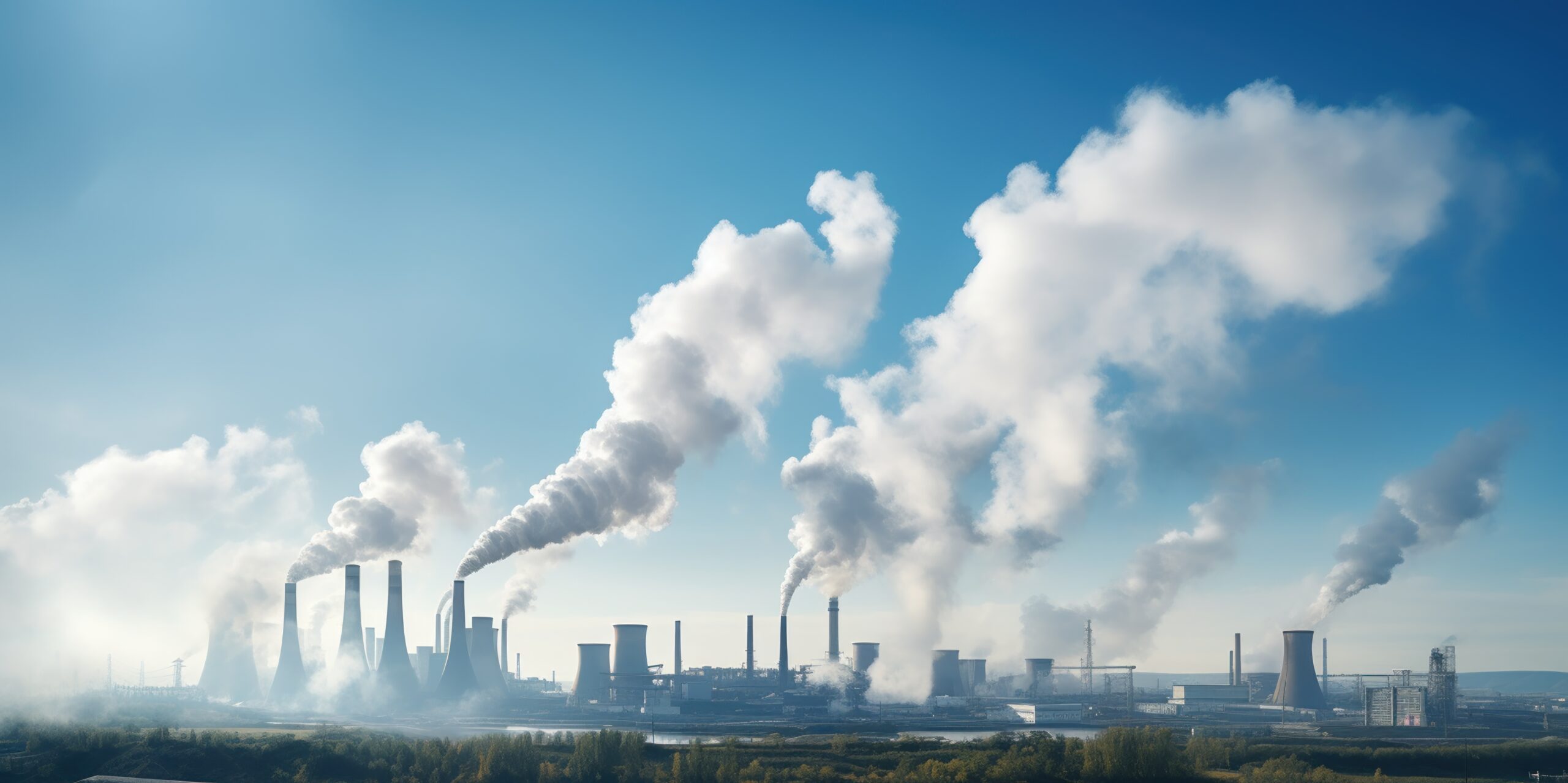
IEA report on energy-related greenhouse gas emissions in 2024
IEA report on energy-related greenhouse gas emissions in 2024

The IEA’s “Global Energy Review 2025” provides comprehensive information on global CO2 emissions in 2024, global energy demand and changing sources of energy supply.
Total energy-related CO2 emissions increased by 0.8% in 2024, reaching a record level of 37.8 Gt of CO2. This increase contributed to record air CO2 concentrations of 422.5 ppm in 2024, about 3 ppm higher than 2023 and 50% higher than pre-industrial levels. In 2024, CO2 emissions from fuel combustion increased by about 1%, or 357 Mt of CO2, while emissions from industrial processes decreased by 2.3%, or 62 Mt of CO2. Emissions growth was lower than global GDP (+3.2%), restoring the trend of decoupling between emissions growth and economic growth that had been disrupted in 2021.
Global energy demand grew at a faster-than-average rate in 2024, mainly due to the growth in global electricity consumption. This increase was mainly covered by an increased supply of renewable energy sources and natural gas. The electricity sector was the main driver of this growth, with global consumption up by nearly 1,100 terawatt hours, or 4.3%. This increase is due to record temperatures that boosted cooling demand. as well as increased industrial consumption, electrification of transportation, and growth in data centers and artificial intelligence.
The expansion of low-emission sources covered most of the increase in global electricity demand in 2024. Installed capacity for renewable energy in the world has reached approximately 700 gigawatts, setting a new annual record for the 22nd consecutive year. Nuclear power generation capacity additions reached their fifth highest level in three decades. As a result, 80% of the increase in global electricity generation in 2024 was provided by renewable and nuclear sources, which together contributed 40% of total production for the first time. Electricity generation from natural gas has also increased steadily to meet growing demand.
Demand for natural gas grew the most among fossil fuels in 2024, rising by 115 billion cubic metres or 2.7%. Demand for oil grew more slowly, however. of 0.8% in 2024, and its share of total energy demand fell below 30% for the first time. Global coal demand increased by 1% in 2024, mainly due to intense heat waves in China and India that increased cooling needs. Rapid adoption of clean energy technologies has limited the annual increase in energy-related carbon dioxide (CO2) emissions, which are increasingly decoupled from economic growth. CO2 emissions in advanced economies decreased by 1.1% in 2024, reaching a level observed 50 years ago, despite three times the cumulative economic growth.
More news News


